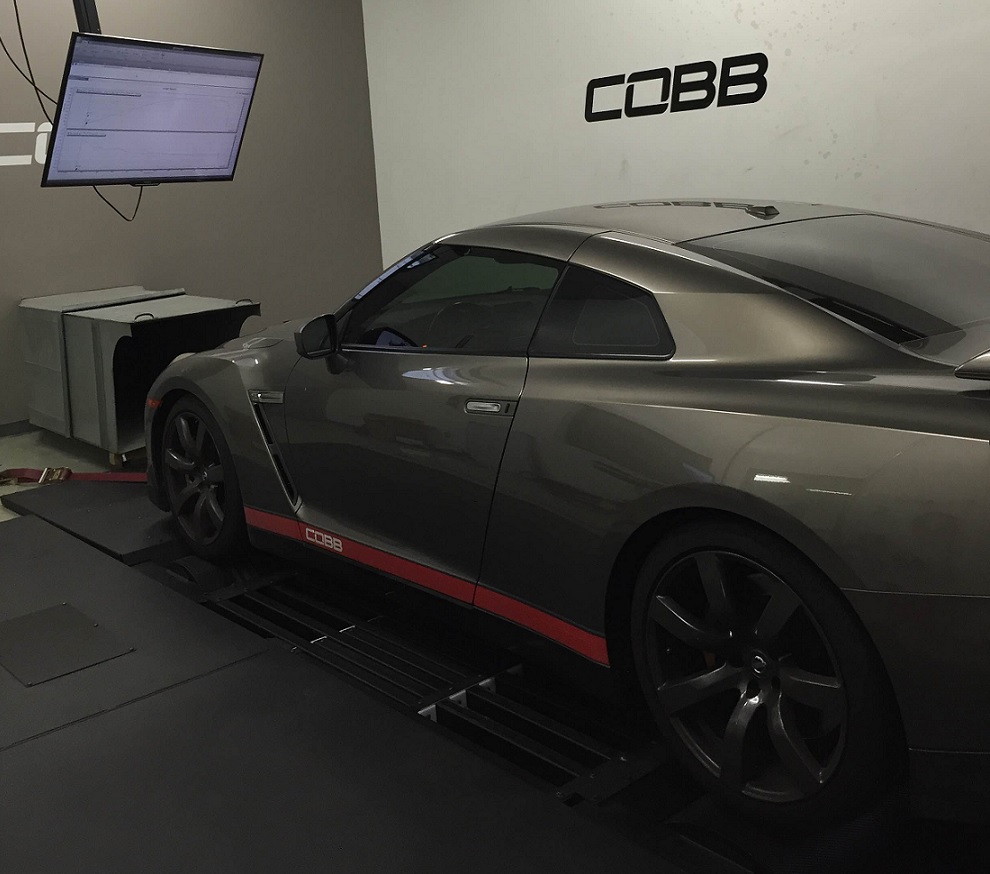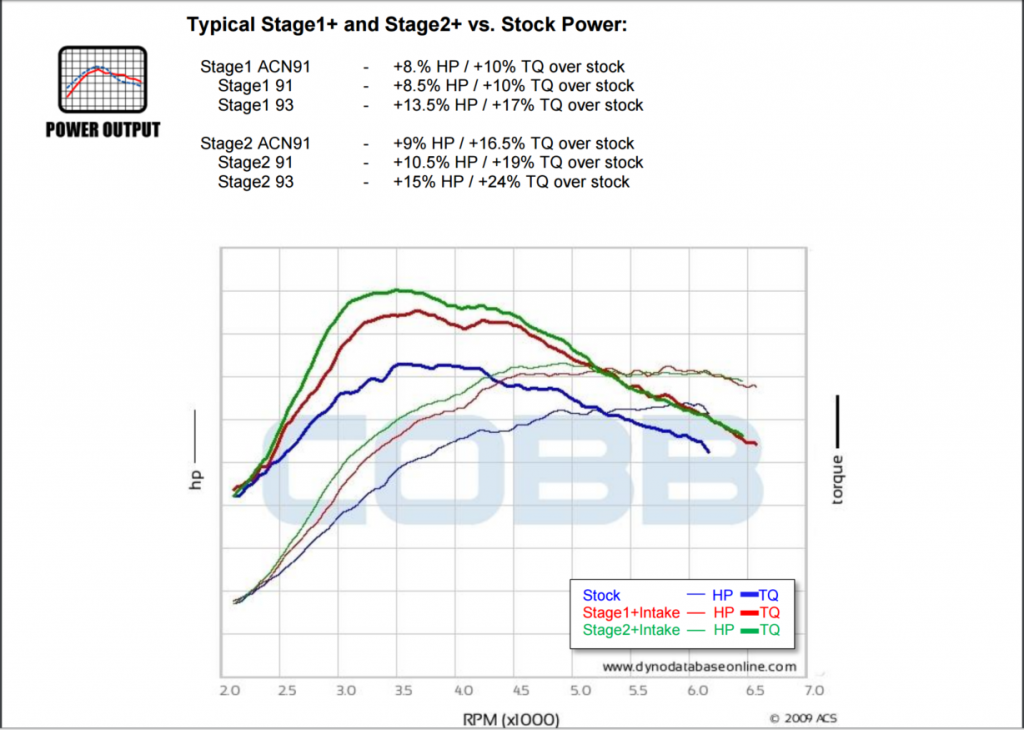Interpreting Dyno Results
How much power does it make? It’s a good question. Although the answer typically results in an argument among enthusiasts it does help us gain perspective on just how capable a car might be. More importantly, knowing how much power a certain modification makes helps determine whether it’s worth our hard earned cash. To find the answer, we use a tool called a dynamometer or, dyno, for short.
A dyno is used to measure power, torque, or force. These can be measured in different units but, for our automotive world purposes here in the US, we’re mostly concerned with power measured in horsepower and torque measured in lb-ft. There are different types of dynamometers but each directly measure horsepower or torque and then use a calculation to determine the other. The differences can be broken down further when it comes to different dyno manufacturers. Some have proprietary algorithms or adjustable correction factors used to calculate the “true” power output. All of these differences lead to a discrepancy in the actual numbers presented. Is there a way to overcome these discrepancies?
When it comes to power gains, the best measurement is the difference expressed as a percentage. This should only be done after a repeatable baseline is established and when further testing is done in the same conditions. By measuring power on a dyno before the modification is performed, completing the modification install, and then testing again and expressing the difference as a percentage, we get more meaning than saying “a 22hp gain.” This allows us to compare the gain across all dynos regardless of brand, setup, or any correction factors. The percentage gain should be nearly identical regardless of all of those factors. COBB also provides the peak and maximum gain differences. Peak gains show the difference where power is at its highest. The maximum gains show the greatest difference between the runs. Even though the percentage gain does provide a clearer result, there are some simple ways this conclusion can still be muddied.
Since a dynamometer is a pretty simple tool, it can be easily fooled. Some of the easiest ways to cause significant changes to power readings involve variations in air or in friction. Cooler ambient air temperatures can create big power gains even on the same car with the same modifications. Something as simple as the hood being opened or closed on a dyno cell with inadequate airflow can also have huge effects on power. Adjusting tire pressure or strap tension can also affect readings. Lower tire pressure and over tightened straps can increase friction causing the power output to be less than it would with appropriate strap tension and tire pressure.
A dyno’s specific readings should be taken with a grain of salt. We can remove some of the inconsistencies between different dyno manufacturers or setups by expressing gains as a percentage but that still requires a repeatable baseline and all conditions to be held equal. It’s important to make sure these variables were constant when interpreting or comparing results. Check out the COBB Dyno Database if you’re curious of exact numbers that cars made at a COBB facility. Details on power gains are also available in the Map Notes for your specific vehicle.



Leave a Reply